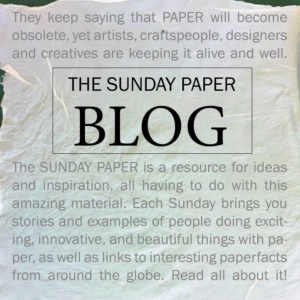Shredding Money
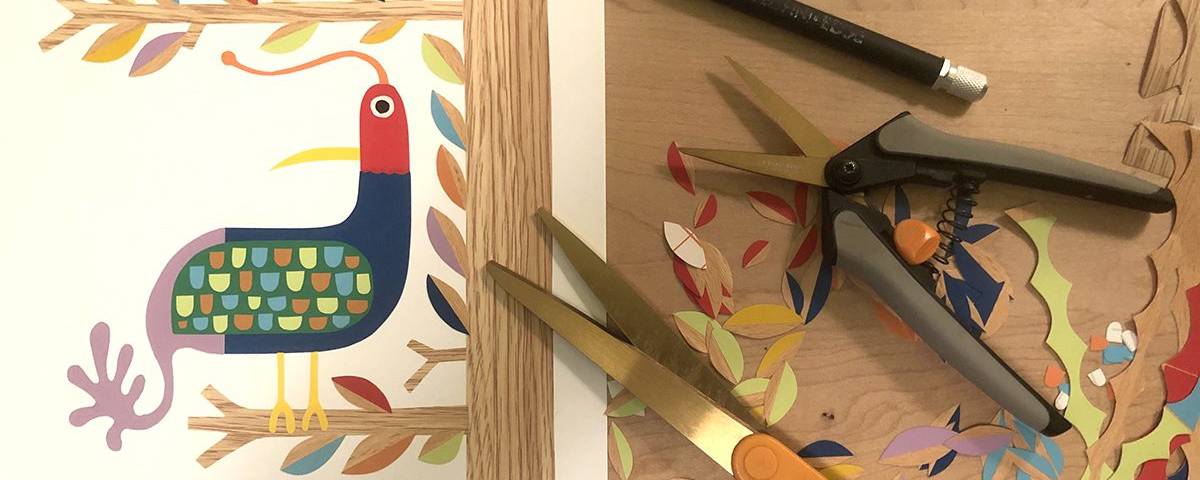
The Sunday Paper #353
March 7, 2021
Papermaker of the Week: Landes Sullivan
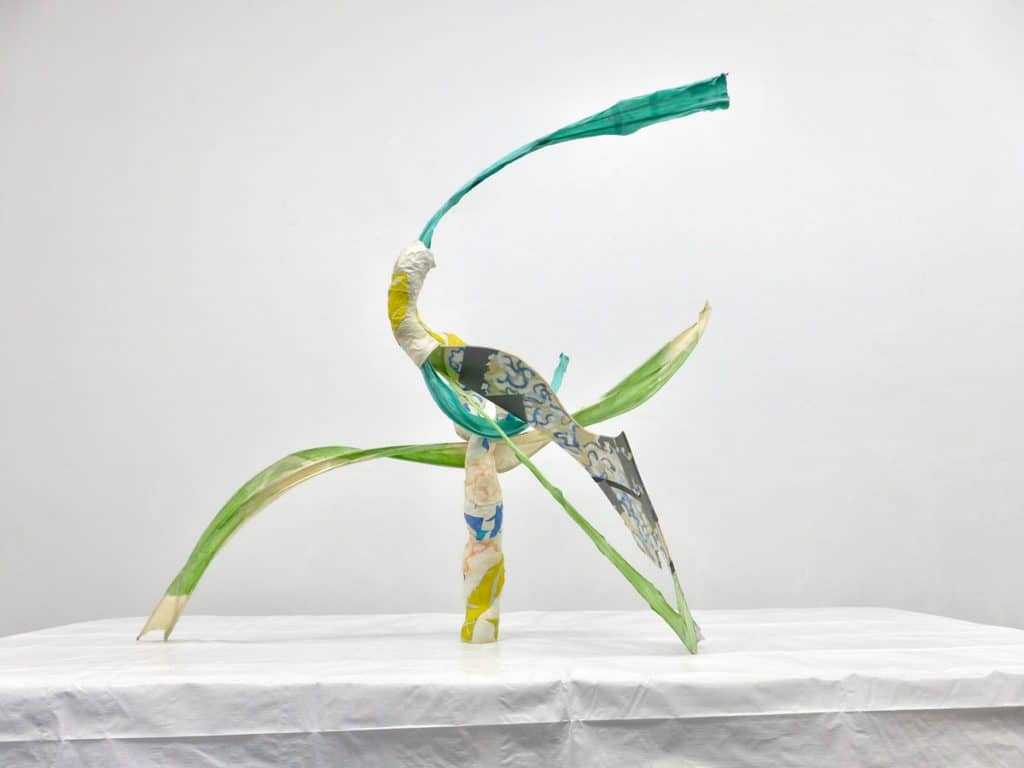
© Landes Sullivan, Untitled, 2021, handmade cast abaca and cotton papers, paper covered luan board with pulp paint, bamboo inclusions 4.5’ x 3.5’ x 2.5’
Landes Sullivan (Barbara Landes & Paul Sullivan) use the abaca and cotton papers they make to fabricate vibrant, colorful objects that they compose with, rearrange and cobble together to make sculpture. Other materials often make their way in as visual or structural support such as wire, bamboo, plywood and foam board. Damning old work and storage units, they prefer to use, undo, reuse. They document each sculpture, hopefully show it and maybe sell it. If they still own it, they’ll take it apart and use the component objects again – and again – in new works. Someone said that Matisse’s paper cutouts are without “finality and finish;” they flourish in “a state of perpetual deferral.” That sums up Landes Sullivan’s thinking about their work. Working in this way, their inventory of paper objects seems like a troop of actors taking on different roles and personalities for each new sculpture.
———————————————————————————————–––––––
In the Studio:
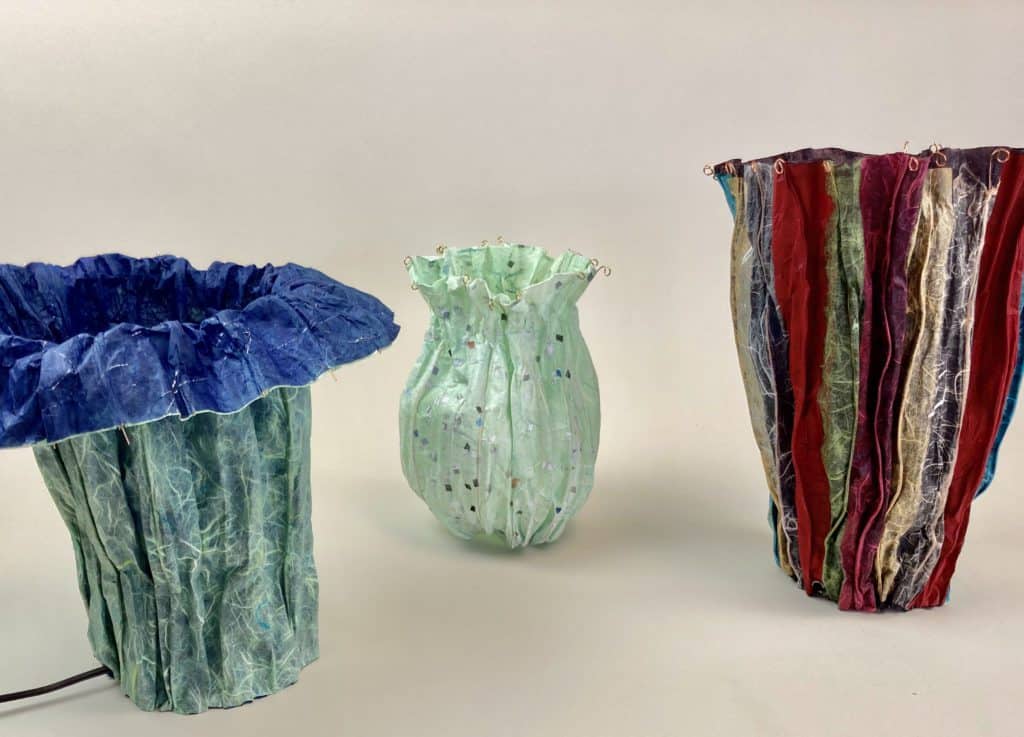
One of the techniques in my upcoming book, The Art of Papercraft, is bendable paper.
I spent a good part of this week answering questions for my editor about the text, images, illustrations and templates for my upcoming book The Art of Papercraft. I have to say that this is an arduous process – there are so many little details – and I have had to revisit every project multiple times to make sure everything is satisfactory. I felt honored at the end of the week when my editor wrote to me saying that she thinks we make a good team. I hope to an image of the cover to show you within the next month!!
———————————————————————————————–––––––
Papery Tidbits:
-
Have you listened to my interview with John Sullivan on Paper Talk?
- Learn how to make a Pop-Up Lantern
———————————————————————————————–––––––
Jonathan Michael Castillo created these cyanotype prints of Julia on handmade paper made with $80K of shredded US currency, the amount of Julia’s student loan debt. These are on view at the Hyde Park Art Center in Chicago. The work is titled American Institutional Indebtedness and is a critique of the American systems that are burdening many with debt.
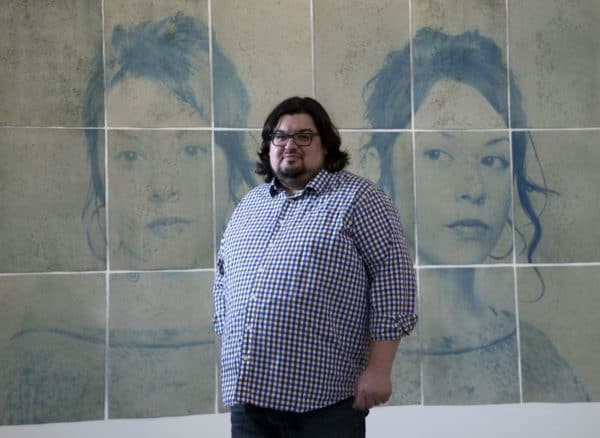
Jonathan Castillo is seen at the Hyde Park Art Center in Chicago on March 3, 2021, with his artwork depicting “Julia,” a person whose student loan debt is in the five figure range. (Terrence Antonio James / Chicago Tribune)
Hilary Pfeifer’s artwork explores the natural world through sculpture, collage and installation, often using reclaimed wood, laser cut metal and subtly camouflaged found objects. Her recent collage work is made by hand-cutting hundreds of elements to create a dense composition. Hilary’s work has been featured numerous times in American Craft Magazine, and is in the collections of the State of Oregon, The Center for Art in Wood, Oregon Health Sciences University, and the White House. In addition to her studio practice, Hilary has also created many permanent public art works for low income housing, universities and hospitals across the United States. In her spare time, Hilary runs a business called Bunny with a Toolbelt, making animals and their environments out of reclaimed wood scraps. Her small street-viewed gallery the Window of Wonders features this work and is located in the heart of the Alberta Arts District in Portland, OR.
Hilary recently created 55 original collages that she turned into a playing card deck. She has many of the original collages for sale, or you can get all of them in the card set.

© Hilary Pfeifer. Process shot taken while working on the playing card deck – this bird collage was used for the King of Spades card.
I met Laura Anderson Barbata when I was working at Dieu Donné Papermill in the 1990’s when she became interested in handmade paper. Transcommunality is an exhibition that features five ambitious collaborations that Anderson Barbata has made across the Americas and now presents together for the first time at Tulane University. These collaborations range from public processional performances to artist books and handmade paper, textiles, garments, and the repatriation of an exploited nineteenth-century Mexican woman. Over the years, Anderson Barbata’s art has brought public attention to several issues of civil, indigenous, and environmental rights.
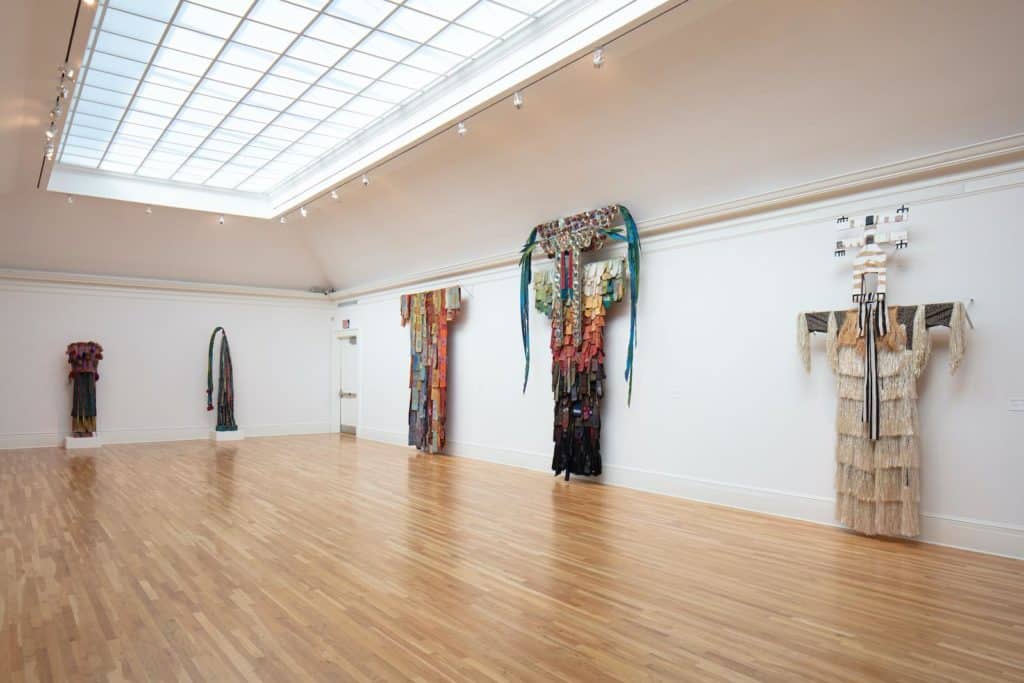
Installation View of Laura Anderson Barbata: Transcommunality at Newcomb Art Museum. Courtesy of Tulane.
It is so interesting how people get interested in hand papermaking! Qualified handicrafts instructor Sevilay Güler, who lives in northwestern Turkey’s Edirne province, discovered papermaking during a trip to North Macedonia. Now she is making paper with recycled paper and bark, couching onto a cloth, drying the sheets and then paints traditional Ottoman/Turkish motifs on her papers.
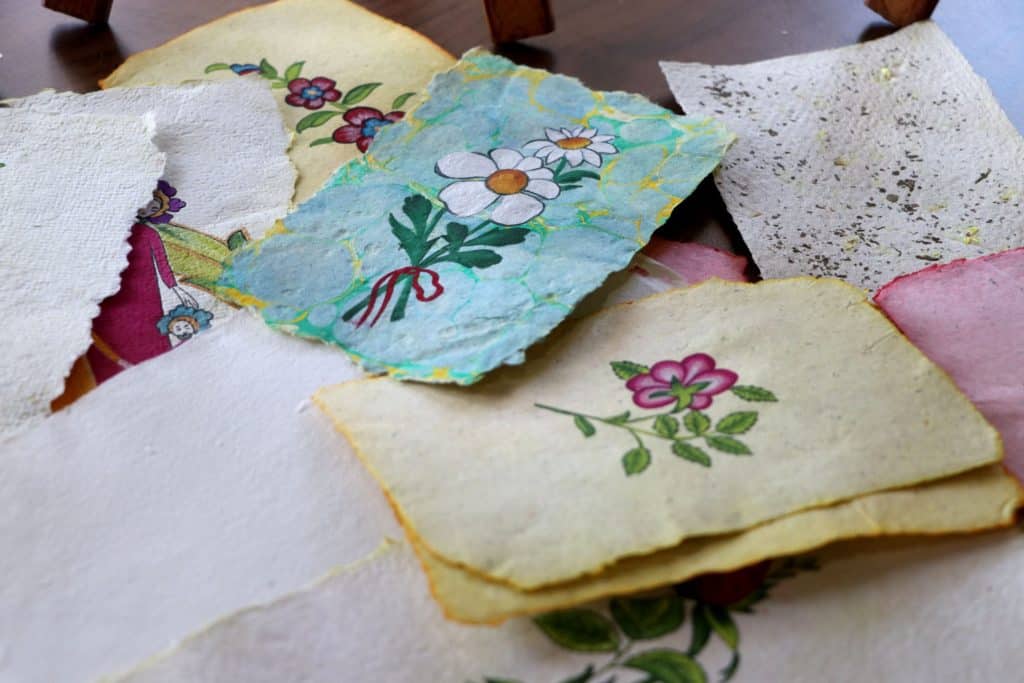
Some works that Sevilay Güler painted on her handmade papers, Edirne, northwestern Turkey, March 1, 2021. (AA Photo)
This is fascinating: an international team of researchers has figured out how to virtually unfold and unlock the contents of an old letter by developing algorithms to virtually separate the different layers of the complicated folds.
———————————————————————————————––––––
| Featured this week in my Studio shop:
Try It! Panel Shade online class, Playing With Pop-Ups, Papermaking with Garden Plants & Common Weeds, and Tangram watermark paper. |
|
 |
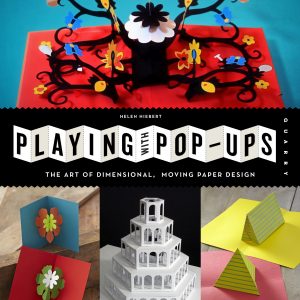 |
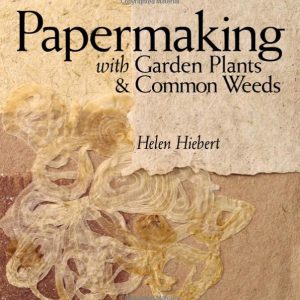 |
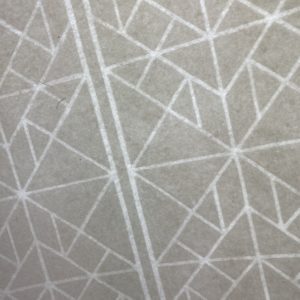 |
———————————————————————————————–––––––
If you read this blog regularly, would you consider making a donation to support the research, writing, design and delivery of The Sunday Paper? Click on the paper button at the left to learn how. Or, perhaps you’re interested in promoting your business in The Sunday Paper.
Thanks to everyone who has already pledged your support!
SHARE THIS blog post with your paper-loving friends!
I occasionally have affiliate links in my blog posts – links to products in which I will receive a small commission if you make a purchase. Thanks for your support!

